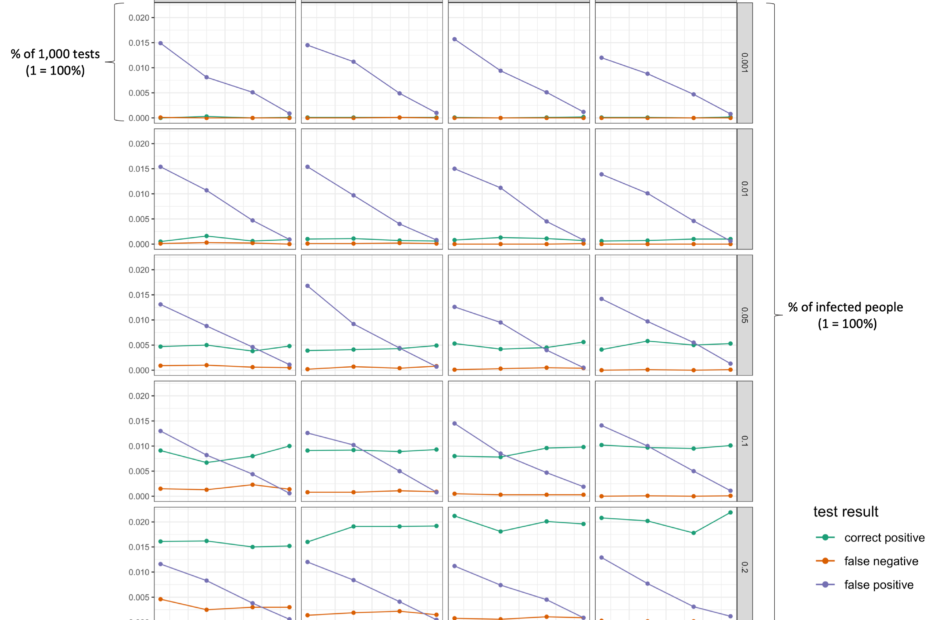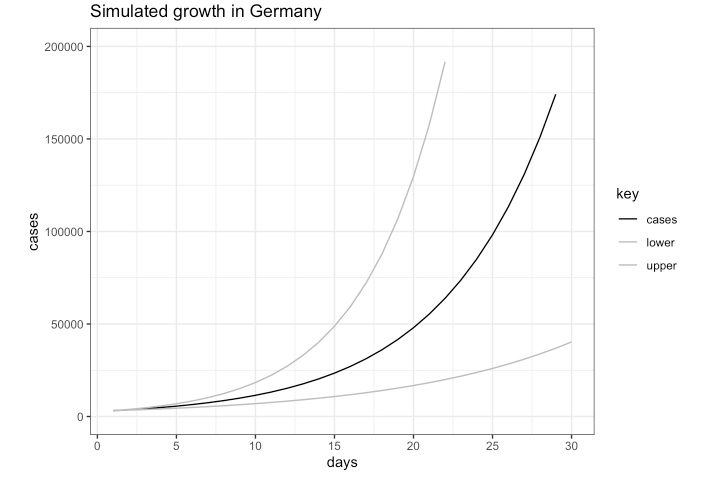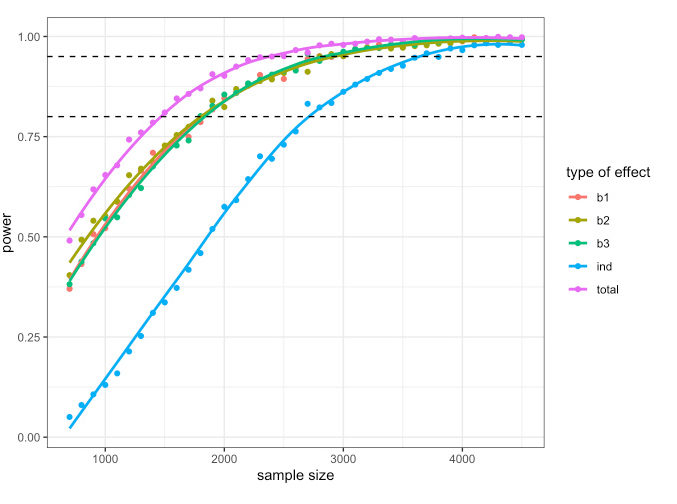What is statistical power? And how to conduct power analysis in R?
“The power of a statistical test is the probability that it will yield statistically significant results. Since statistical significance is so earnestly sought and devoutly wished for by behavioral scientists, one would think that the a priori probability of its accomplishment would be routinely determined and well understood. Quite surprisingly, this is not the case. Instead, if we take as evidence the research literature, we find evidence that statistical power is frequently not understood and,… Read More »What is statistical power? And how to conduct power analysis in R?





